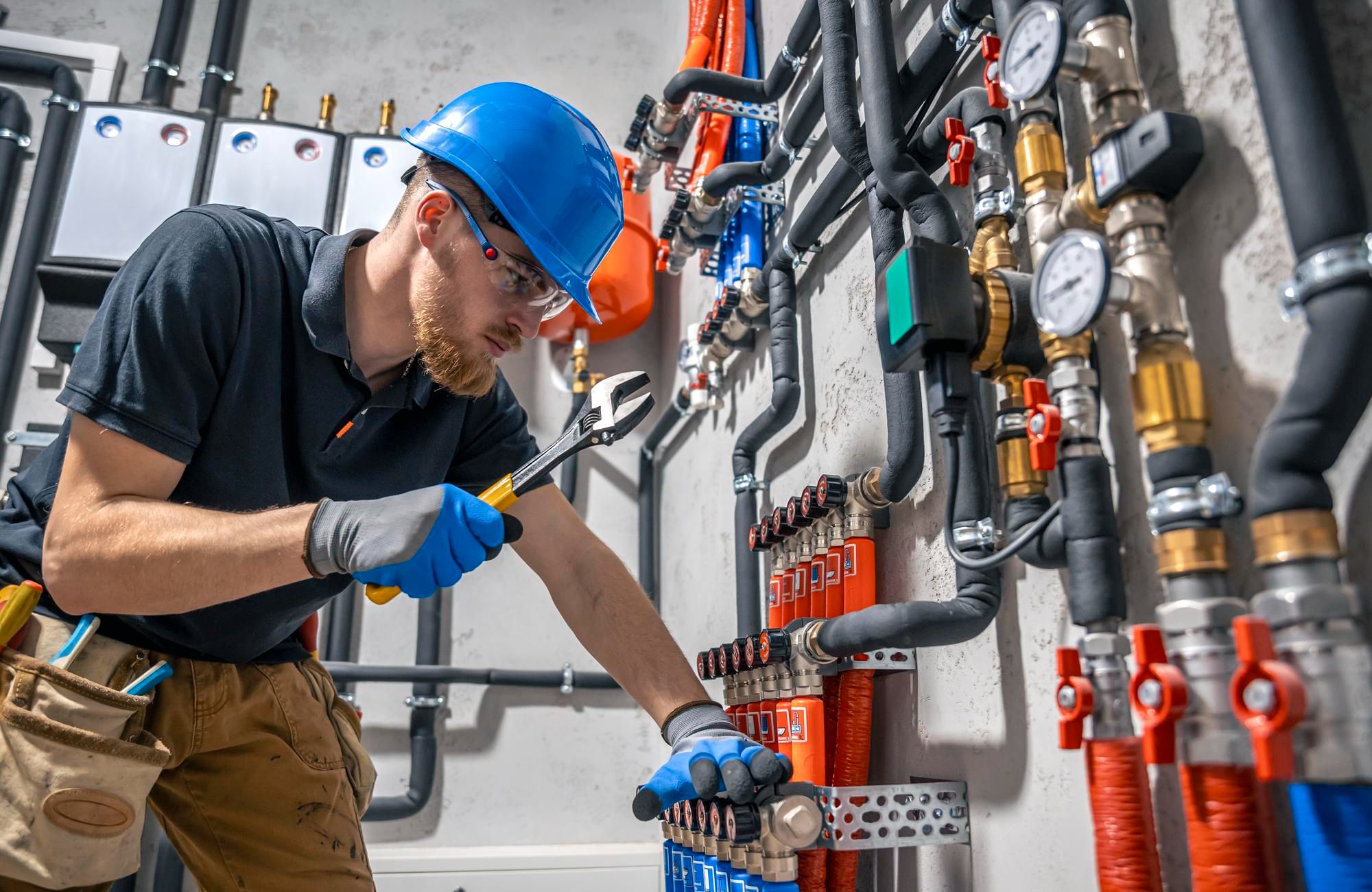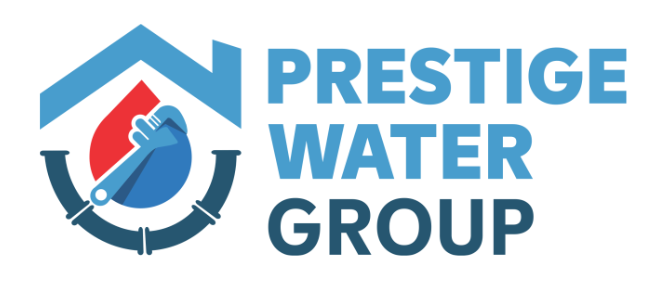
Introduction to Water Pressure Issues
If you’re dealing with slow showers, dribbling faucets, or appliances that take forever to fill, you’re not alone. Many homeowners experience low water pressure, a frustrating problem that can impact their entire plumbing system. Whether the issue is isolated to one fixture or affects the entire home, diagnosing and fixing low water pressure is essential for comfort and efficiency.
There are several reasons your home’s water pressure may drop. It could be related to issues in your municipal water supply or problems with your pressure regulator, main shut-off valve, or even corroded galvanized steel pipes. Identifying the exact cause often requires more than a glance. That’s why hiring a plumber for low water pressure is one of the smartest moves you can make.
Understanding Water Pressure Regulation
Your home’s plumbing system depends on steady water pressure to function properly. This pressure is maintained by a pressure regulator, which ensures water flows at a safe, consistent rate. When a pressure regulator fails, the results can include fluctuating pressure, poor water pressure, or even damage to plumbing fixtures.
The regulator works with your pressure tank to manage incoming water from your supply line, whether you’re connected to a municipal water supply or a private well. A faulty pressure tank can also lead to inconsistent or inadequate flow. Understanding how these components interact can help you recognize early signs of failure, like loud pipes, sputtering faucets, or water that alternates between strong and weak.
Regular maintenance and inspection of your pressure regulator and tank can help prevent more serious issues down the line. If you’re unsure where to start, a licensed plumber can quickly determine whether the regulator is the root of your low-pressure problems.
Identifying Low Water Pressure
Low water pressure isn’t always obvious until it disrupts your daily routine. You might notice that it takes longer to fill your tub, or your shower head doesn’t have the same force it once did. In some cases, only one faucet is affected; in others, the issue spans the entire home.
Key signs of low water pressure include:
- Weak water flow from faucets, shower heads, or appliances
- Inconsistent water temperature or flow rate
- Toilets that take longer to refill
- Washing machines or dishwashers are underperforming
To confirm, check your water pressure gauge; a PSI below 40 often indicates a problem. If multiple plumbing fixtures are affected, the issue may lie deeper in the system, such as the main water valve or branch lines.
Plumbing Line Issues
Your home’s water supply pipes are its lifeline, and when these pipes age or clog, water pressure drops. Older homes with galvanized steel, copper, or brass pipes are especially prone to corrosion and mineral deposit buildup. These block water flow and gradually reduce pressure across your plumbing system.
Other common issues include:
- Small leaks in the lines
- Partially closed shut-off valves
- Blockages in flow restrictors or aerators
A professional plumber can perform diagnostic tests, including pressure checks and camera inspections, to pinpoint the exact source. From there, they may recommend pipe replacement, cleaning, or repairs to restore normal water flow.
Main Line Problems
When water pressure is low throughout your entire house, a main line issue could be the cause. This critical pipe connects your home to the municipal water grid or private well, and problems here can affect every faucet and appliance.
Signs of mainline problems:
- Sudden drop in pressure across all fixtures
- Water leaks in the yard or near your foundation
- Unexplained spikes in your water bill
In these cases, a plumber is essential. They have the tools to test the incoming water pressure, check for leaks, and examine the condition of the line. Early intervention can prevent major water damage or expensive emergency repairs.
Fixing Low Water Pressure Issues
Fixing low water pressure starts with a full inspection. A licensed plumber will assess your plumbing system, starting from the water meter and working through the shut-off valve, supply line, and fixtures.
Common plumber-recommended solutions include:
- Replacing or adjusting the pressure regulator
- Cleaning or replacing corroded pipes
- Installing a water pressure booster
- Repairing or sealing plumbing leaks
- Removing mineral buildup from fixtures
Some fixes are quick and inexpensive; others, like repiping a home, may require more investment. The key is accurate diagnosis and using the right tools and materials to ensure long-term reliability.
Increasing Water Pressure
If your pressure is consistently low despite functioning equipment, you may need to increase water pressure manually. This is often done using a pressure booster pump, which can enhance flow without damaging your plumbing.
Other ways to increase water pressure:
- Adjust the pressure reducing valve (PRV) with a professional’s help
- Replace clogged shower heads and faucet aerators
- Install modern flow control valves to optimize distribution
These adjustments should only be made under professional supervision to avoid stressing your system or creating leaks.
Diagnosing Low Water Pressure Accurately
Homeowners can perform simple checks, like testing the PSI with a hose bib pressure gauge or inspecting valves, but most cases of low water pressure require expert intervention.
Professional plumbers use diagnostic tools such as:
- Pressure testing kits
- Thermal leak detection
- Video pipe inspection cameras
- Ultrasonic leak detectors
With these tools, plumbers can efficiently identify whether the issue lies with the main shut-off valve, pressure tank, or deeper within your plumbing system. They’ll then recommend the most cost-effective solution.
When to Call a Plumber for Low Water Pressure
Sometimes, low water pressure can be solved with simple DIY checks, like cleaning faucet aerators or making sure valves are fully open. But when those fixes don’t work, it’s time to bring in a licensed plumber. Knowing when to call can prevent small issues from turning into major, costly repairs.
You should contact a professional if you notice any of the following:
- Sudden drops in pressure affecting the entire home
- Visible leaks, water stains, or signs of water damage
- No improvement after adjusting the shut-off valve or regulator
- Unusual pipe noises, such as banging or whistling
- Recurring low pressure after previous repairs
Plumbers have the experience and tools to identify and fix complex issues, such as underground leaks, pressure tank failures, or widespread corrosion, quickly and safely.
Conclusion
Dealing with low water pressure is more than just an inconvenience; it can signal deeper issues in your plumbing system. Hiring a qualified plumber for low water pressure ensures an accurate diagnosis and lasting solution, whether the cause is a minor blockage or a failing main line. With the right professional on your side, you can restore normal water pressure and protect your home from long-term damage.
Frustrated by low water pressure in your home? Prestige Water Group offers expert plumbing solutions across Northern New Jersey to help restore proper flow and protect your system. From pressure regulator repairs to full diagnostics, we’re here to help. Call (973) 227-4740 or email info@pwgroupnj.com to schedule your consultation today.
FAQs
Can a plumber fix low water pressure?
Yes. Plumbers are trained to diagnose and repair issues causing low water pressure. They inspect the entire plumbing system, including pressure regulators, pipes, valves, and fixtures, to pinpoint the cause and restore optimal flow.
Is it expensive to fix low water pressure?
The cost varies depending on the cause. Simple fixes like valve adjustments or aerator cleaning are affordable, while replacing corroded pipes or installing a pressure booster is more costly. A plumber can provide an upfront estimate after diagnosis.
Can a plumber change the water pressure?
Absolutely. A plumber can increase or decrease water pressure by adjusting the pressure regulator, repairing blockages, or installing a booster pump. They ensure these changes meet safety codes and won’t damage your plumbing system.
What to do if the mains water pressure is low?
First, check with your water company to see if the issue is widespread. If not, contact a plumber to assess your main supply line, pressure regulator, or meter valve. Low main pressure often requires professional tools to fix safely.
